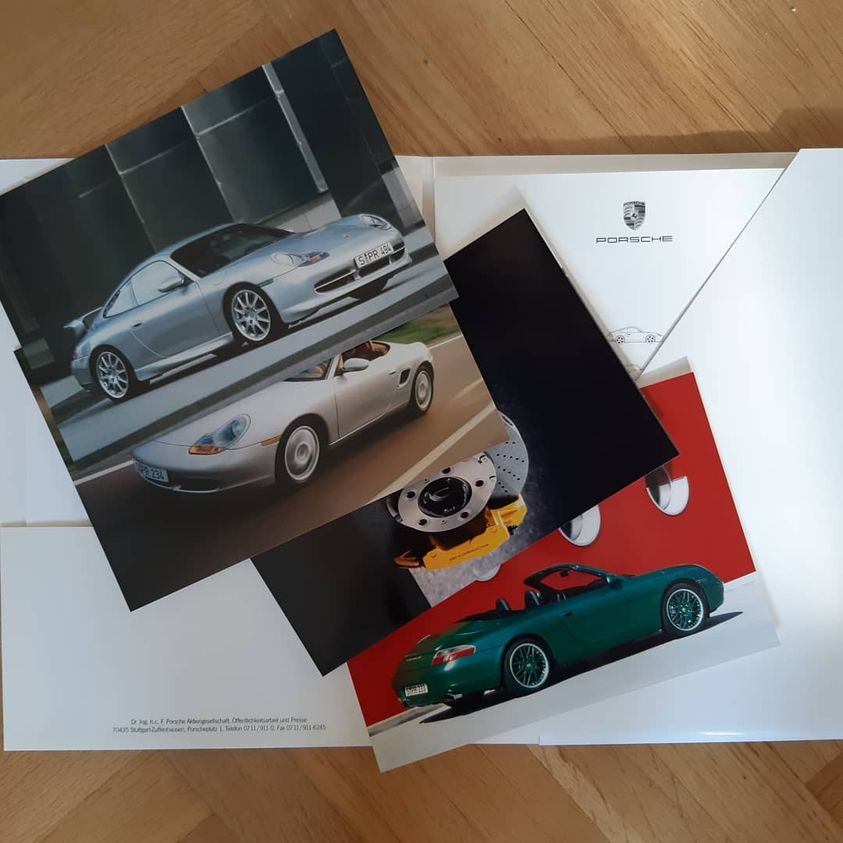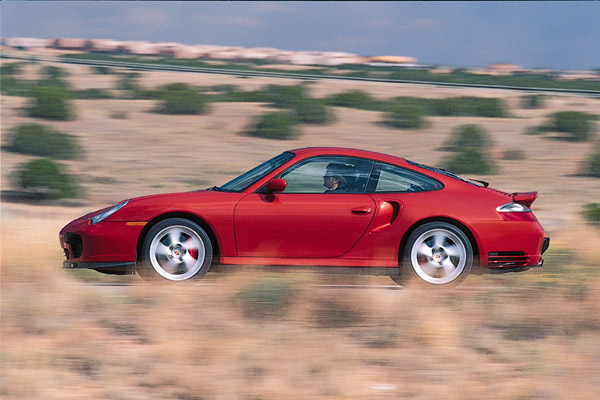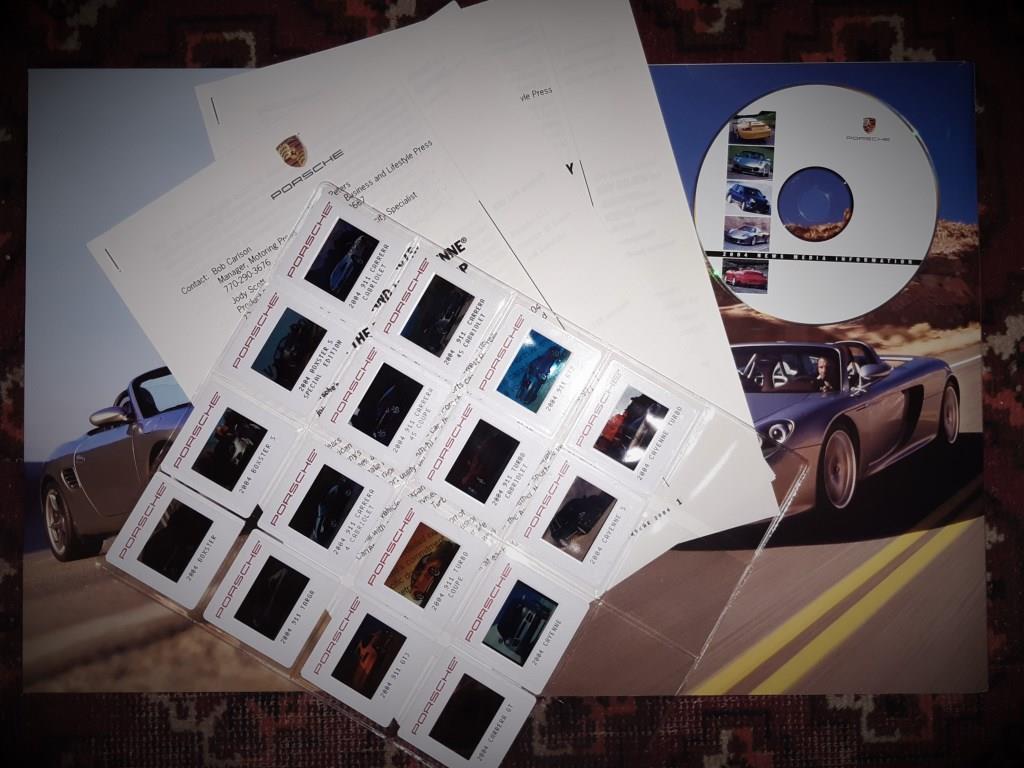
Porsche Press kit 2000

1973: 911 Turbo study shown at Paris Auto Show.
October 1974: Production 911 Turbo introduced at Paris Auto Show with 3.0-liter, single-turbo engine; 260 horsepower, 258 lb.-ft. of torque; four-speed manual transmission; 0-62 mph (0-100 km/h) in 5.5 seconds; 15-inch wheels.
1976: 911 Turbo introduced in the United States; 234 horsepower.
1978 : Engine displacement enlarged to 3.3 liters; first production turbocharged car with an intercooler to reduce intake charge temperature; new turbo wastegate releases excess boost to deliver a more even flow of power; horsepower increased to 300 (265 in the U.S.); 16-inch wheels.
1979: 911 Turbo discontinued from U.S. model lineup after 1979 model year while Porsche develops technology to meet stricter emissions regulations.
1986: 911 Turbo returns to U.S. market with catalytic converters, oxygen sensor, and new Digital Motor Electronics (DME) engine control unit; U.S. car produces 282 horsepower (300 hp for other markets); Porsche offers 911 Turbo in Cabriolet and Targa body styles.
1987: Porsche offers limited-production “Slantnose” body for 911 Turbo in the U.S. – only a few dozen built for worldwide sales.
1989: Five-speed transmission replaces four-speed.
1990: 911 redesigned (964 series), but Turbo model still under development; all-wheel drive Carrera® 4 introduced; new 911 Carrera and 911 Carrera 4 feature 3.6-liter, 250-horsepower engine; coil spring suspension replaces torsion bars.
1991: New 911 Turbo based on rear-wheel drive 911 Carrera®, still with 3.3-liter engine; larger turbocharger and interc o o l e r, resonant air intake manifold and remapped Motronic unit boost horsepower to 320 (all markets) and torque to 332 lb.-ft.; dual airbags and ABS standard; 17 inch wheels; 0-62 mph (0-100 km/h) in 5.0 seconds.
1993: New 3.6-liter 911 Turbo engine produces 360 hp and 383 lb.-ft. of torque; wheels now 18 x 8 front and 18 x 10 rear; red painted brake calipers.
1994: Porsche introduces redesigned 911; no Turbo offered this year.
1996: New 911 Turbo based on all wheel drive Carrera 4; engine uses dual turbochargers and dual intercoolers; 400 horsepower and 400 lb.-ft. of torque; new six-speed manual transmission; traction control works up to 44 mph; 0-62 mph (0-100 km/h) in 4.5 seconds.
1998: Porsche produces final air-cooled 911 Carrera, 911 Turbo, and Turbo S models and introduces all-new 911 Carrera and 911 Carrera 4 with liquid-cooled engine.
2000: Porsche introduces all-new 911 Turbo model, again based on all wheel drive 911 Carrera 4; for the first time, the engine is not based on the production 911 Carrera but on the Le Mans-winning GT1 racecar – the 3.6-liter powerplant uses dual turbochargers, dual intercoolers, 9.4-to-1 compression ratio and produces 415 horsepower and 415 lb.-ft. of torque; Tiptronic S five-speed automatic transmission offered as an option for the first time in the 911 Turbo; Porsche Stability Management (PSM) system standard; world’s first ceramic composite brake discs offered as an option (late availability); 0-62 mph (0—100 km/h) in 4.2 seconds; top track speed is 189 mph.

Porsche Press kit 2000

Porsche Press kit 2004 - USA

Porsche Press kit

Porsche Literature

Our Porsche Cars